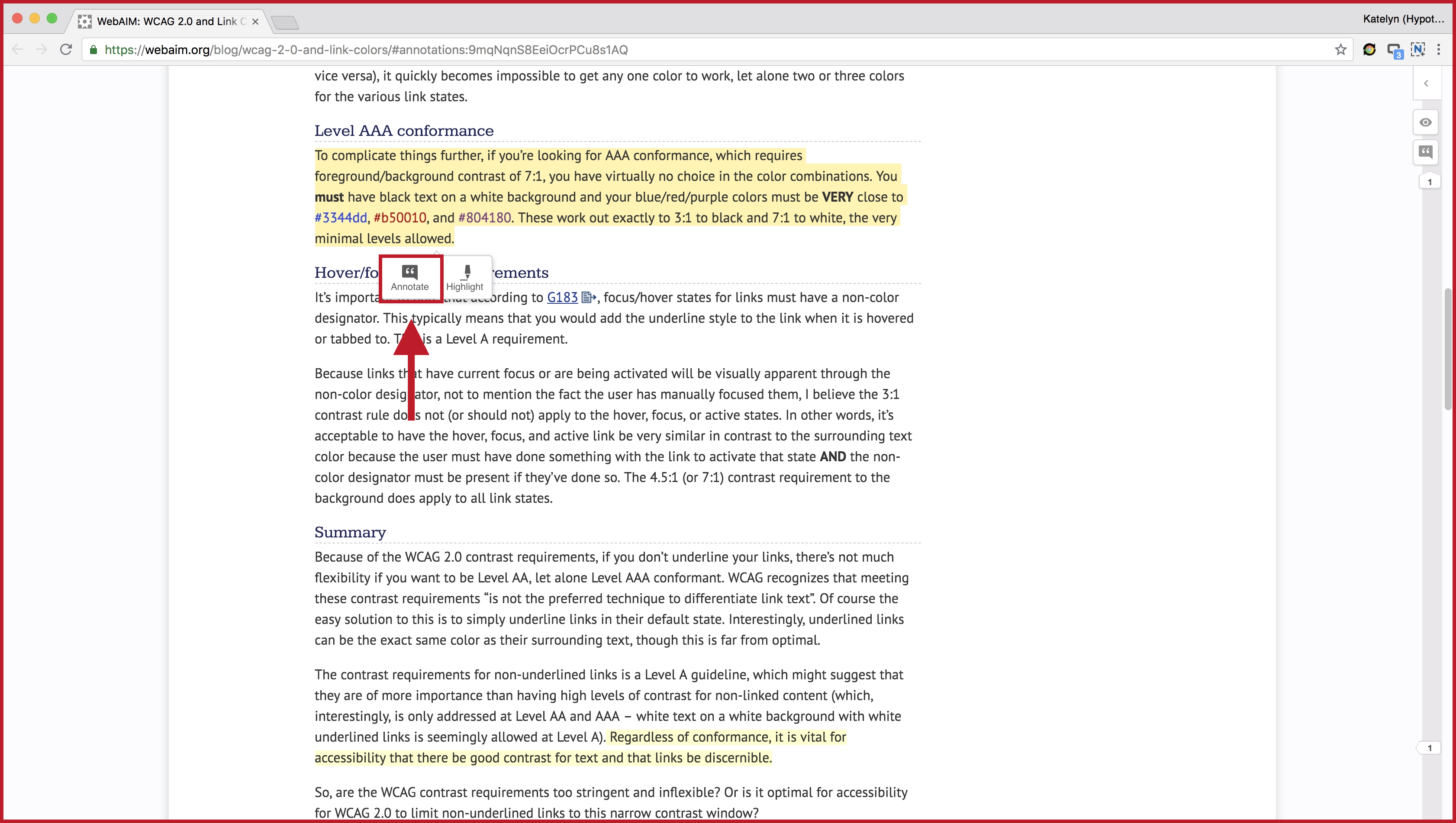

You might still wonder why do we need to annotate text at all? Recent breakthroughs in NLP highlighted the escalating need for textual data for applications as diverse as insurance, healthcare, banking, telecom, and so on. The training data is given to machine learning so they can comprehend various aspects of sentence formation and conversations between humans. In text annotation, sentence components, or structures are highlighted by certain criteria to prepare datasets to train a model that can effectively recognize the human language, intent, or emotion behind the words. As intelligent as machines can get, human language is sometimes hard to decode, even for humans. Text annotation is the machine learning process of assigning labels to a text document or different elements of its content to identify the characteristics of sentences. How is text annotated: NLP text annotation.We will use this opportunity to build up your knowledge of this integral type of data annotation by covering the fundamentals as listed below: Accurate text annotations help models better grasp the data provided, resulting in an error-free interpretation of the text.

Namely, it may associate the word nail with hammer nailing. Humans are expected to understand it as applause, encouragement, or appreciation, while the traditional Natural Language Processing (NLP) model is likely to perceive the surface-level representation of the word, missing out on the intended meaning. Let's take a sample sentence: “They nailed it!”. Unlike images or videos, texts are more complicated. With the plethora of publicly available information, there comes the challenge of managing unstructured, raw data and making it understandable for machines. Despite the massive shift towards digitization, some of the most complex layers of data are still stored in the form of text on paper or official documents.


 0 kommentar(er)
0 kommentar(er)
